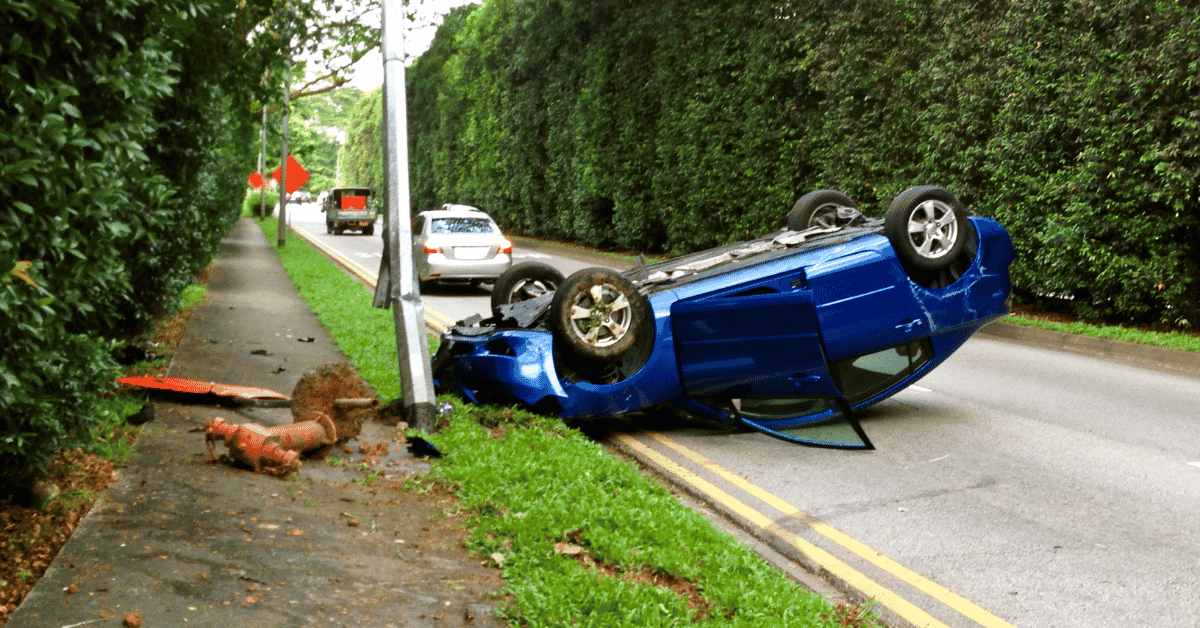
A common misconception about auto insurance liability is that if you loan your car out to someone else, their insurance will cover them in case of an accident. But in reality, the car owner is responsible for all at-fault damages.
In short, car insurance follows the car. It does not follow the driver. However, if you are going to loan out your vehicle or borrow someone else’s you should talk about auto insurance policies before driving off. That’s because, in some at-fault accidents, the driver’s insurance could come into play.
One important thing to note in this scenario is that there is consent for the driver to borrow the vehicle. If the vehicle’s owner has not given consent, then the driver is responsible for all damages that they cause.
When Might the Driver’s Insurance Be Required
If a driver of a borrowed vehicle gets into an accident and is at fault, the car owner’s insurance is the primary source of liability coverage for the accident. But in the case of minimum policy limits that don’t cover the full expense of the accident, the driver’s car insurance might be used secondarily to cover all accident expenses.
But if the driver is uninsured, the vehicle owner will likely be liable for everything, which might mean a lawsuit that pursues that vehicle owner’s assets, such as their home or savings to cover the property damage and bodily injury claims.
What If I Get a Ticket While Driving Someone Else’s Vehicle?
Traffic violations follow the driver, which means the vehicle owner will not suffer any consequences of a driver borrowing their vehicle and getting a speeding ticket or any other moving violation.
The driver might experience an increase in their insurance costs due to the moving violation. It all depends on the severity of the violation and the driver’s existing record.
Understanding How Key Auto Insurance Coverages Work
When it comes to policy limits, you’ll see them in the form of three numbers, such as 25/50/25. Those numbers indicate the amount of liability coverage for bodily injury and property damage.
The first number indicates the amount of coverage per person for bodily injury. The second number indicates the amount of bodily injury coverage per accident, meaning for all people involved.
In the case of the state minimum coverage of 25/50/25, you’ll find these limits are very low and will only cover minor accidents involving few vehicles. It’s a good idea to increase your insurance beyond the state minimum required to better protect yourself and any personal liability you might face in case of a pileup accident.
What Is Bodily Injury Liability?
Bodily injury liability helps protect drivers who cause accidents. It ensures coverage for medical expenses for everyone who gets hurt in the accident. This aspect of your insurance coverage is also what pays out in the case of a lawsuit where victims sue you for damages.
Bodily injury liability covers the following aspects of physical injuries after a car accident.
- Medical expenses: including doctor’s visits, hospital stays, and ongoing care
- Legal fees: this will also help cover the legal expense the of the insurance company defending your case
- Missed work/lost income: the victims can also claim missed work due to their injuries, which your insurance will cover
- Pain and suffering: victims who suffer injuries can be entitled to compensation for all they have to go through as a result
- Funeral costs: if someone dies in a car accident, the at-fault driver’s bodily injury coverage can help pay for funeral expenses
Regardless of the circumstances surrounding the car accident you were involved in, you should seek counsel from a legal professional to protect yourself, even if you were borrowing a vehicle at the time of the accident. Schedule a free consultation with Stewart & Stewart now.

